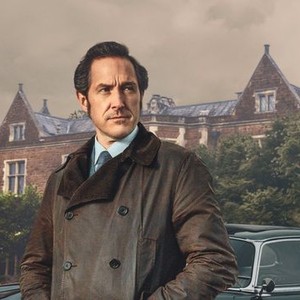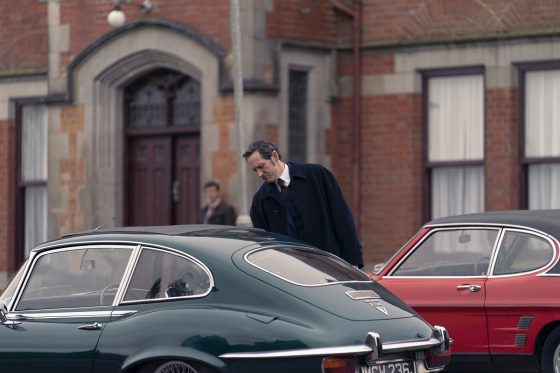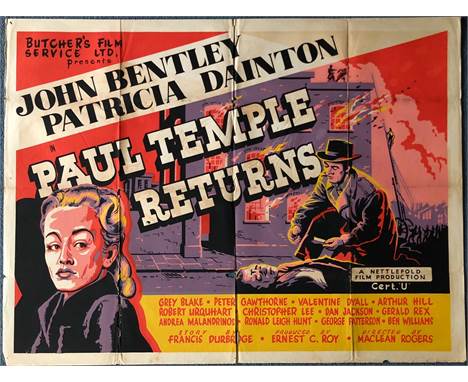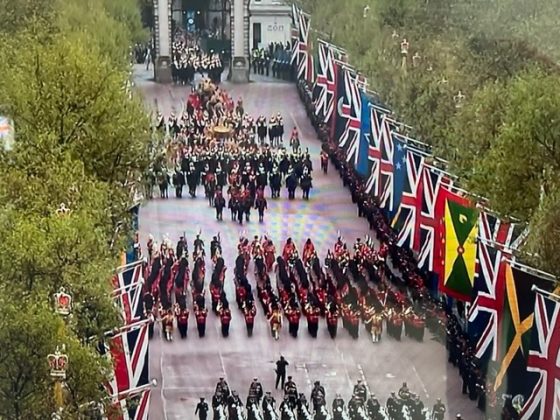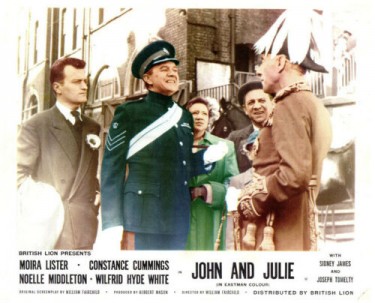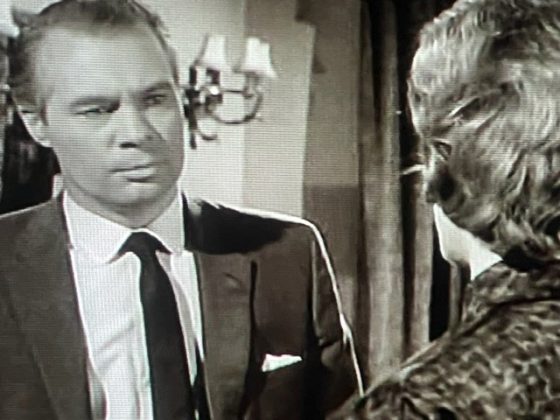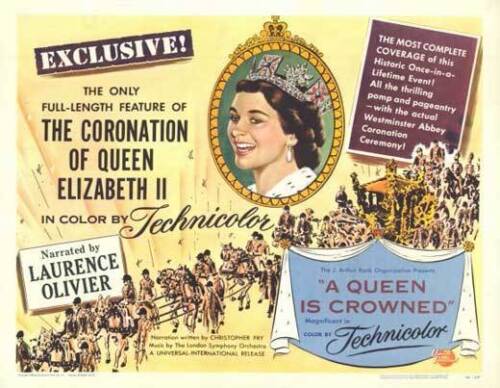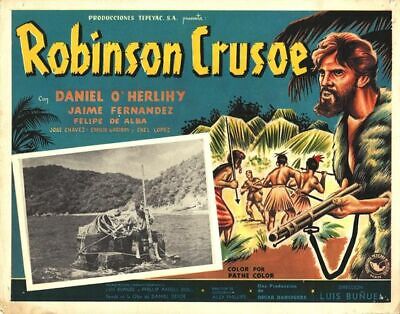This film boasted an excellent cast Richard Basehart, Laurence Harvey, Stanley Baker, and John Ireland who all turn in terrific performances in this British film from 1954. The story is of three decent men who have hit on hard times, so much so that they are enticed into being involved in a robbery by the one bad seed among them (Laurence Harvey). Also interesting to view Joan Collins in an early role. The story is told in flashback, and the ending is both subtle and surprising. A good film.

These were certainly top actors as was the rest of the excellent cast including Margaret Leighton – soon to be married to Laurence Harvey, Gloria Grahame, Rene Ray, Robert Morley among them
On to the film that is the supporting one here ‘ Battles of Chief Pontiac’ which seems to get remarkably good reviews

BELOW THREE SUCH REVIEWS
A surprisingly accurate, low budget, historical drama. The story of a white scout(Barker)attempting to broker a peace agreement between English Colonials and Chief Pontiac and his Ottawa tribe. Kroeger is loathsome as German Hesian mercenary, and Chaney brings his best to the role of Pontiac. The “gifts” of small-pox infected blankets to the Indians is a reminder of the brutality of the times. A good cast performs well, and of course Barker, a former Tarzan, finds several chances to bare his chest! While this one was made on a small budget by the Jack Broder Company,it has held up well over the years. This is a hard one to find on video or TV but well worth watching.

1952’s “Battles of Chief Pontiac” was a low budget Western from Realart, a redistribution outfit that produced several titles of their own, but are best remembered for keeping Universal Horror in cinemas right up to the 1957 TV debut of Shock Theatre. This was their third and last from Lon Chaney, following successful turns in “Bride of the Gorilla” and “The Bushwhackers,” here playing the title role of Chief Pontiac, third billed behind Lex Barker and Helen Westcott. Still the current Tarzan, the well cast Barker seeks peace between the Indians and the colonists in pre-Revolutionary War America, filmed on location in Rapid City, South Dakota. Usually cast as Western villains or thug henchmen, Lon Chaney Jr retains great dignity and compassion in this rare change of pace, which may have played a part in his later series HAWKEYE AND THE LAST OF THE MOHICANS, where he portrayed Chingachgook. Those familiar with “Of Mice and Men” or even “The Wolf Man” remember how Lon Chaney Jr. could excel in sympathetic roles, and here he delivers the goods, though slightly, and understandably, overshadowed by Barker’s heroics. Berry Kroeger’s evil Hessian Von Weber deserves special mention, and his shocking fate in the fitting hands of Chief Pontiac is punishment well deserved.

This film was produced by a very small film studio and it is very hard to find. Lon Chaney Jr. had the leading role as Chief Pontiac in this exquisite movie. It was one of his best, most sensitive performances. Chief Pontiac was in real life an influential Native American chief who affected the course of history of the native people on the Canadian border and Lon Chaney Jr. did a great job staying close to the documented history of this Native American tribe.

Battles of Chief Pontiac 1952
